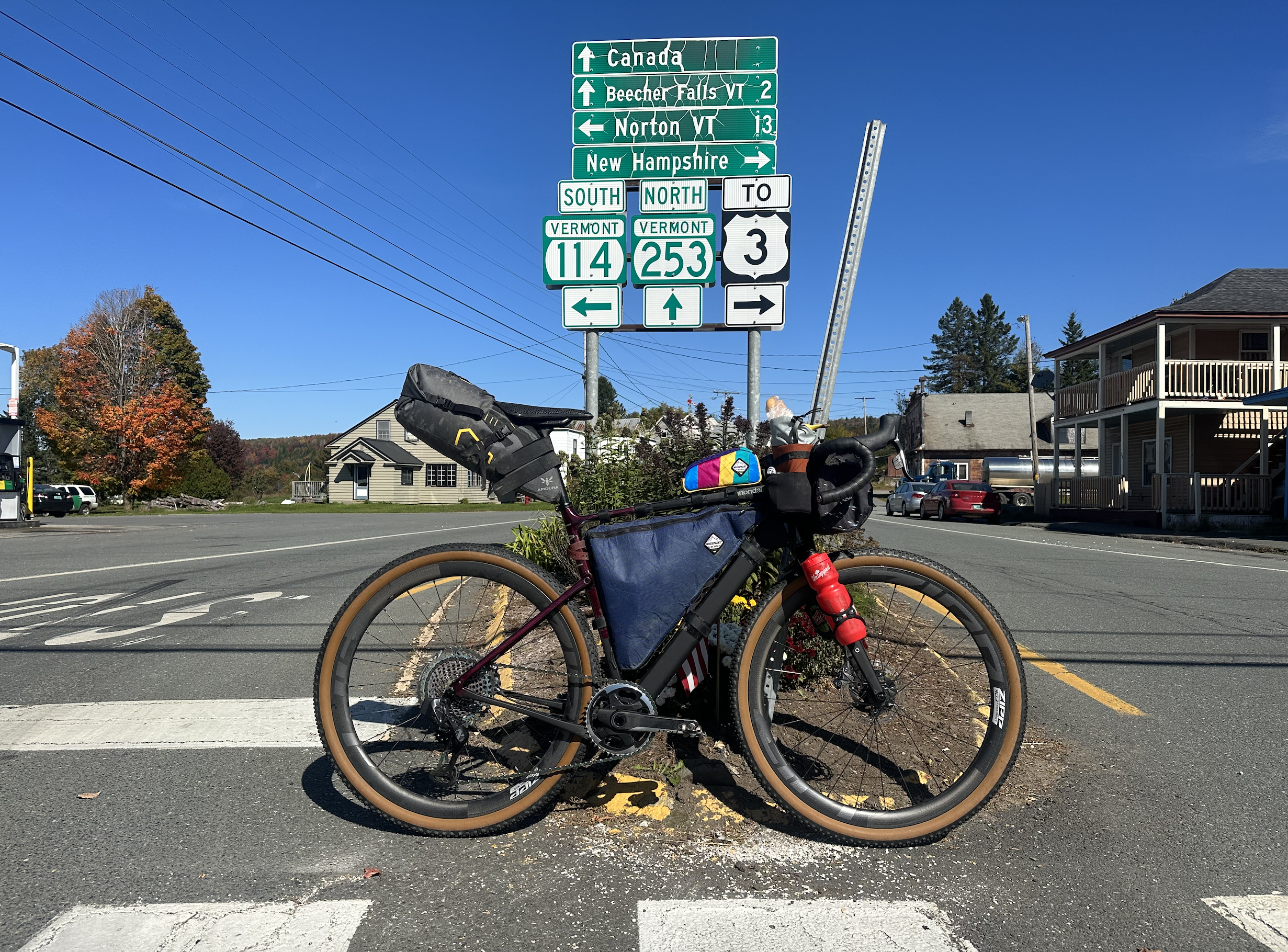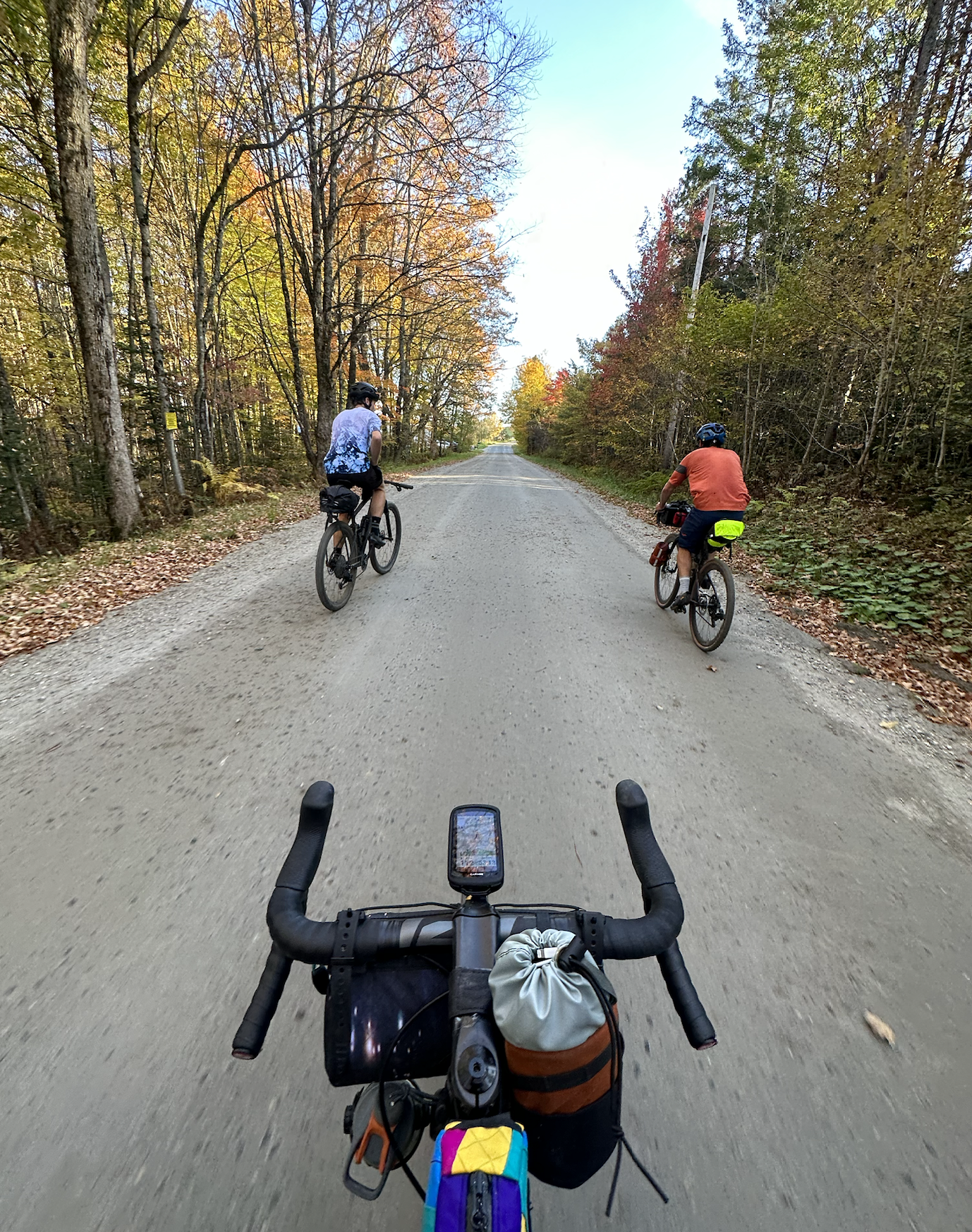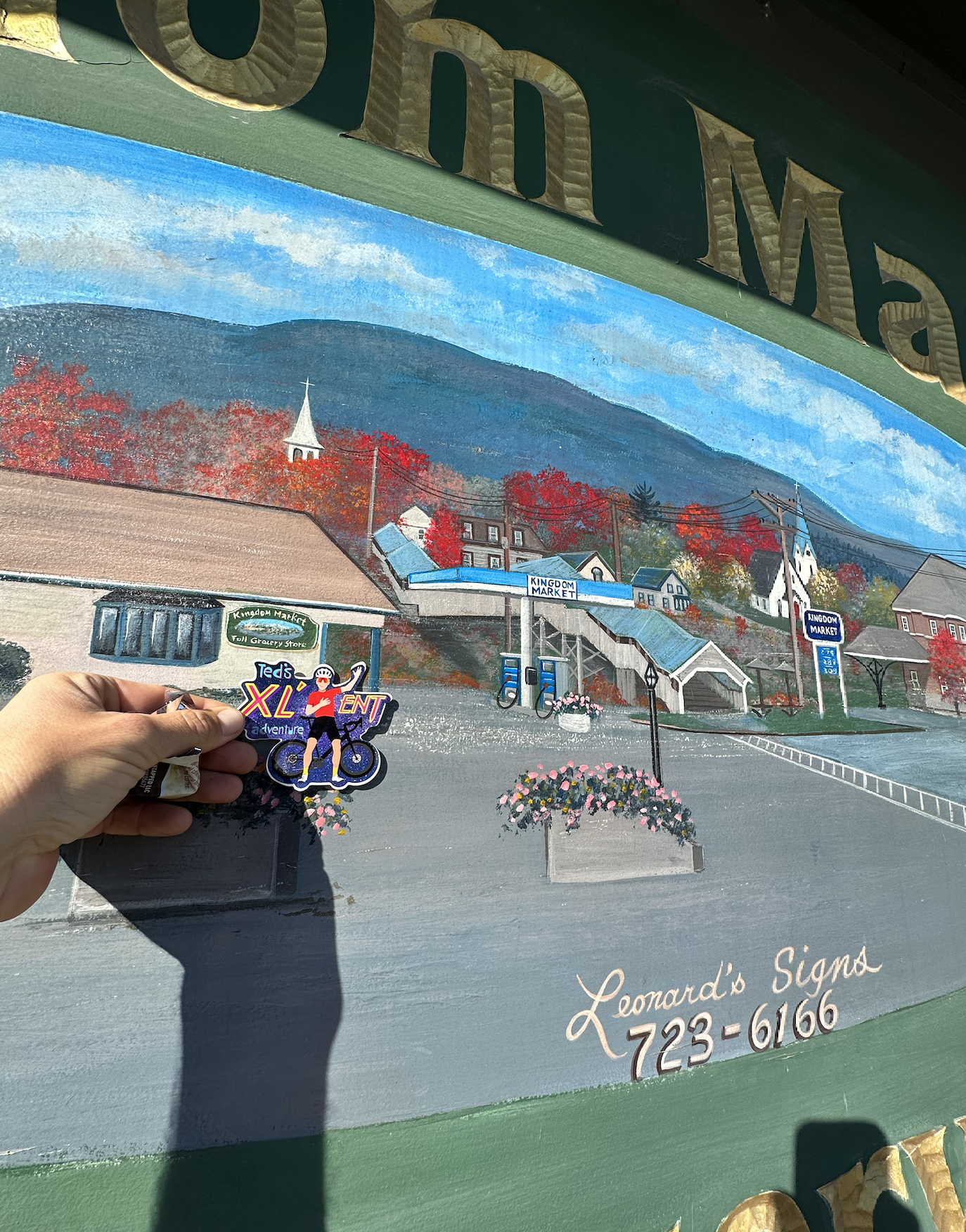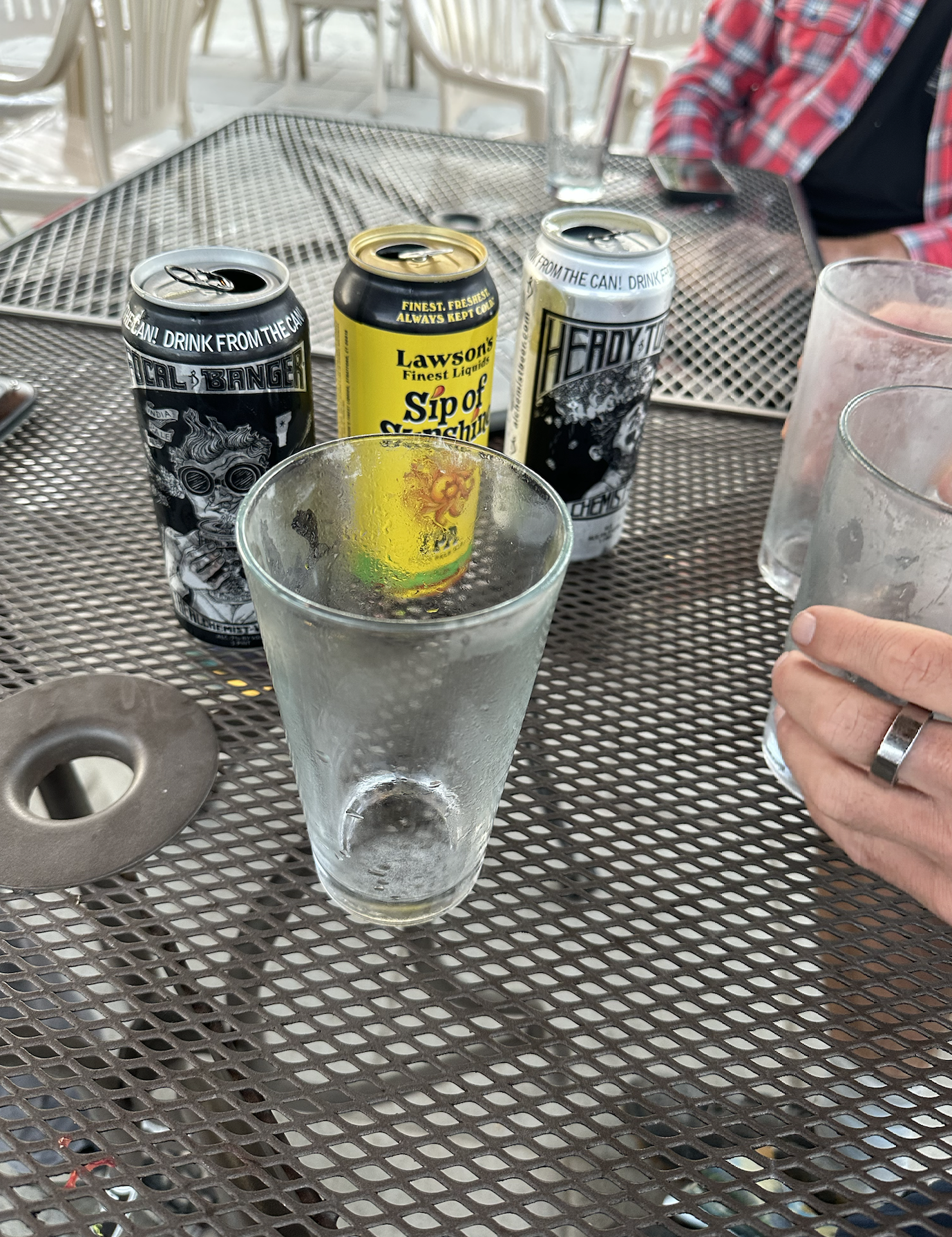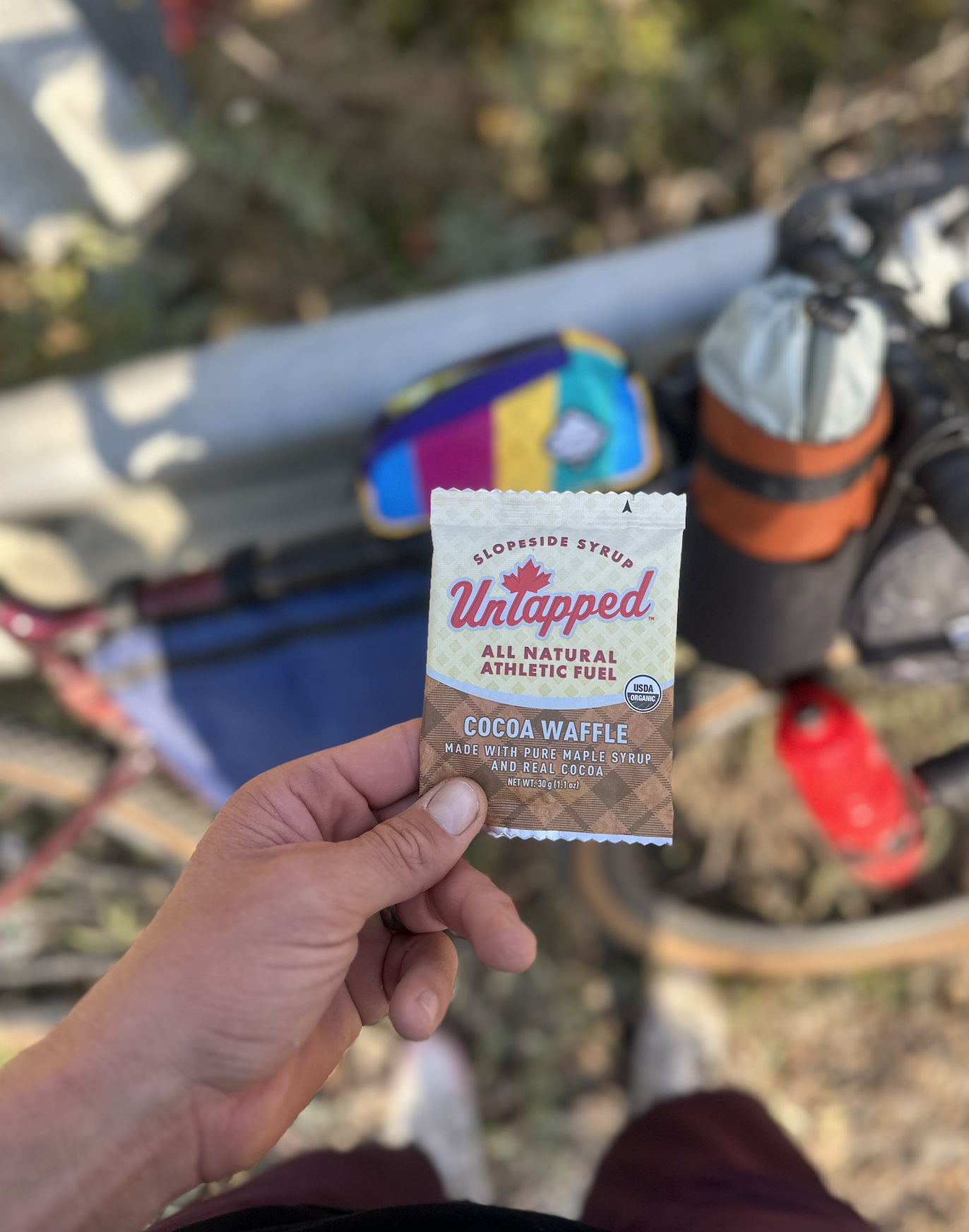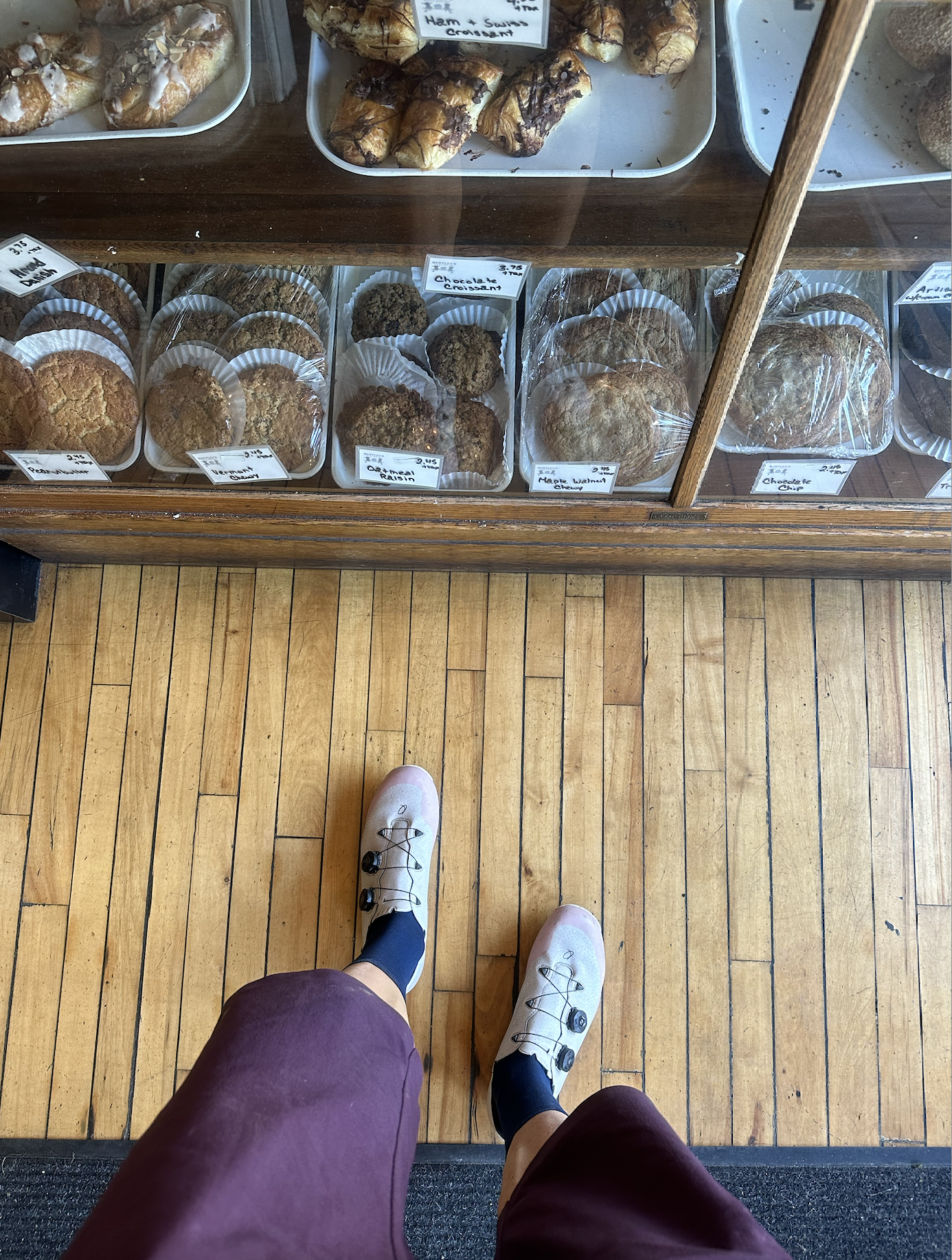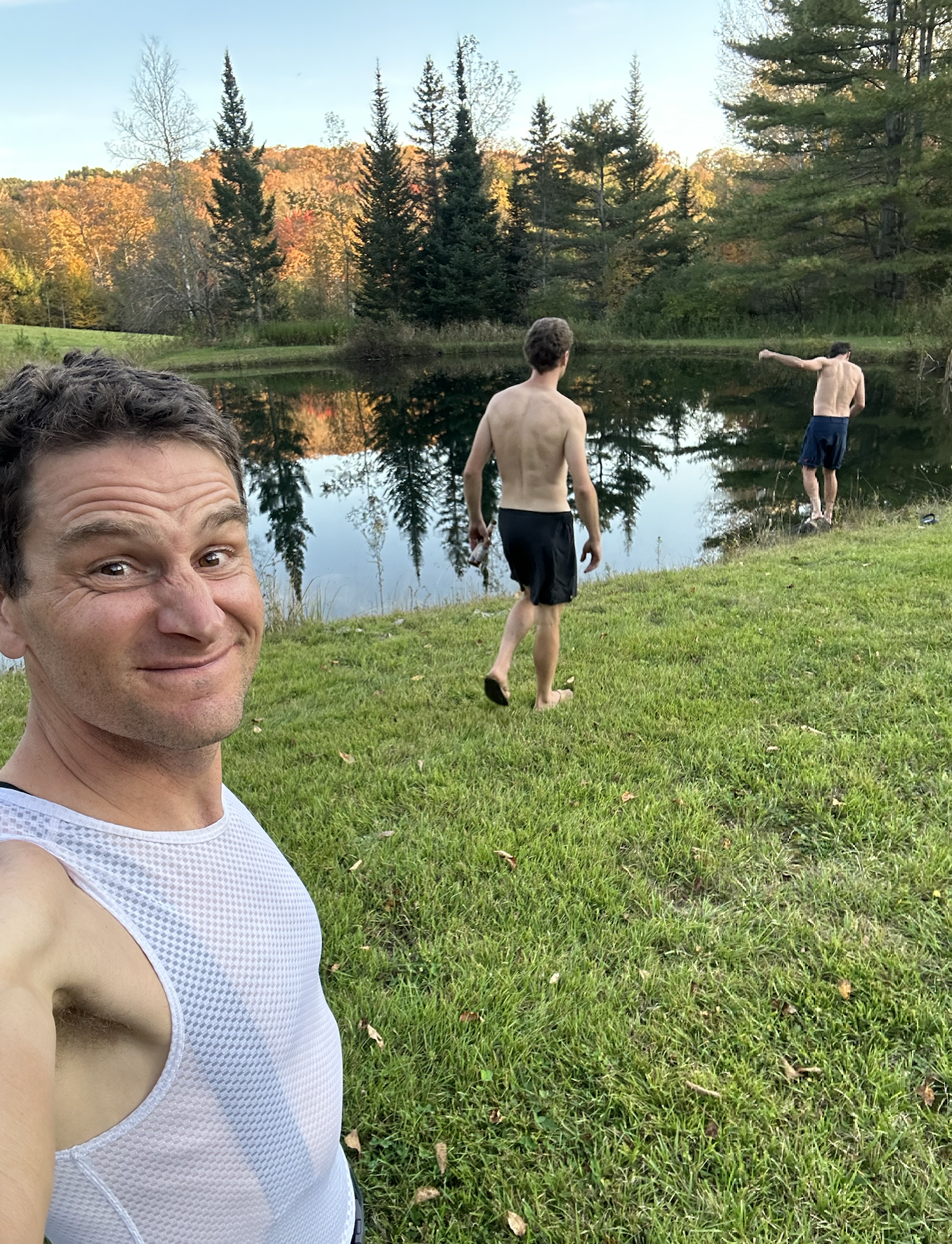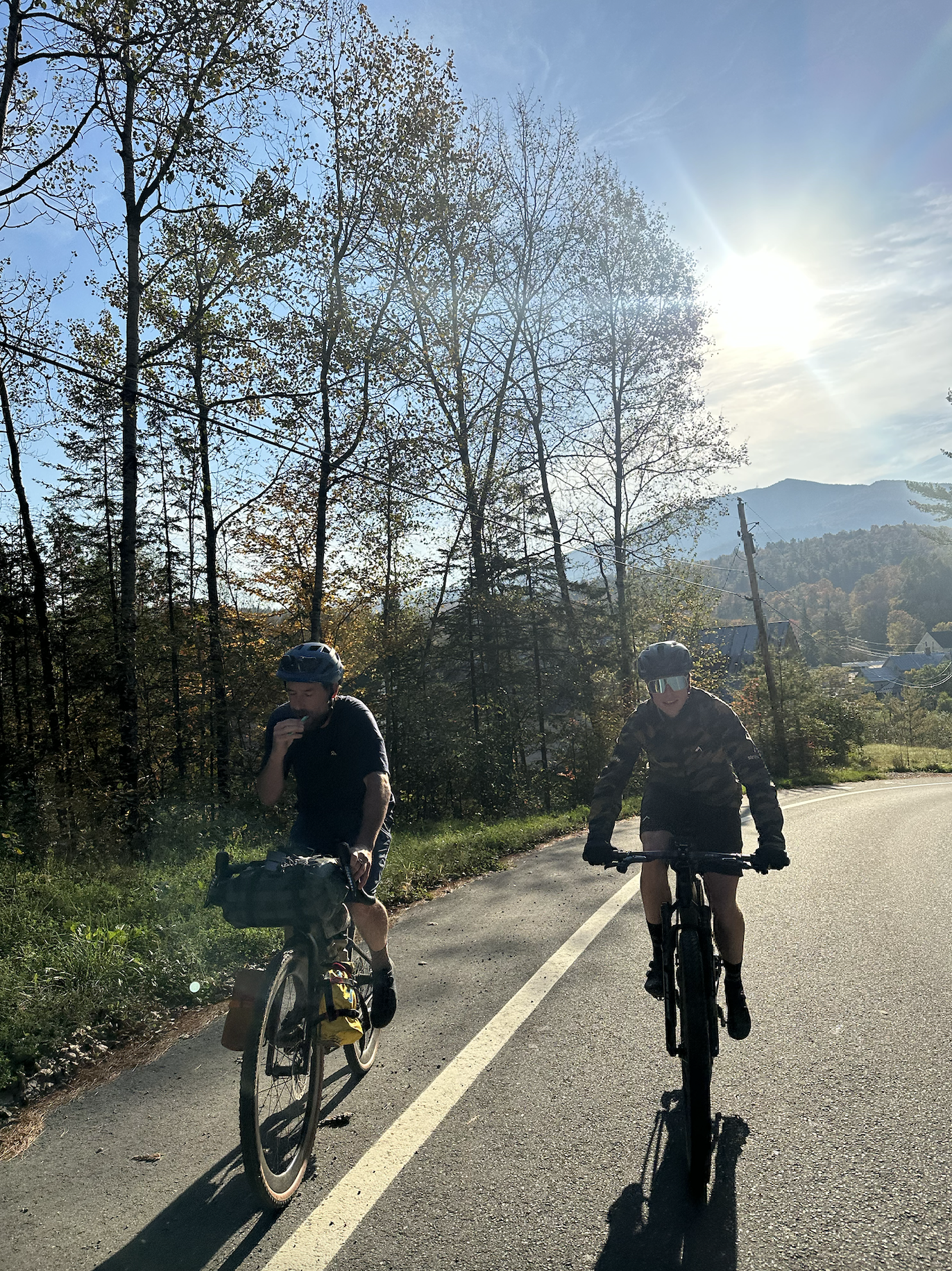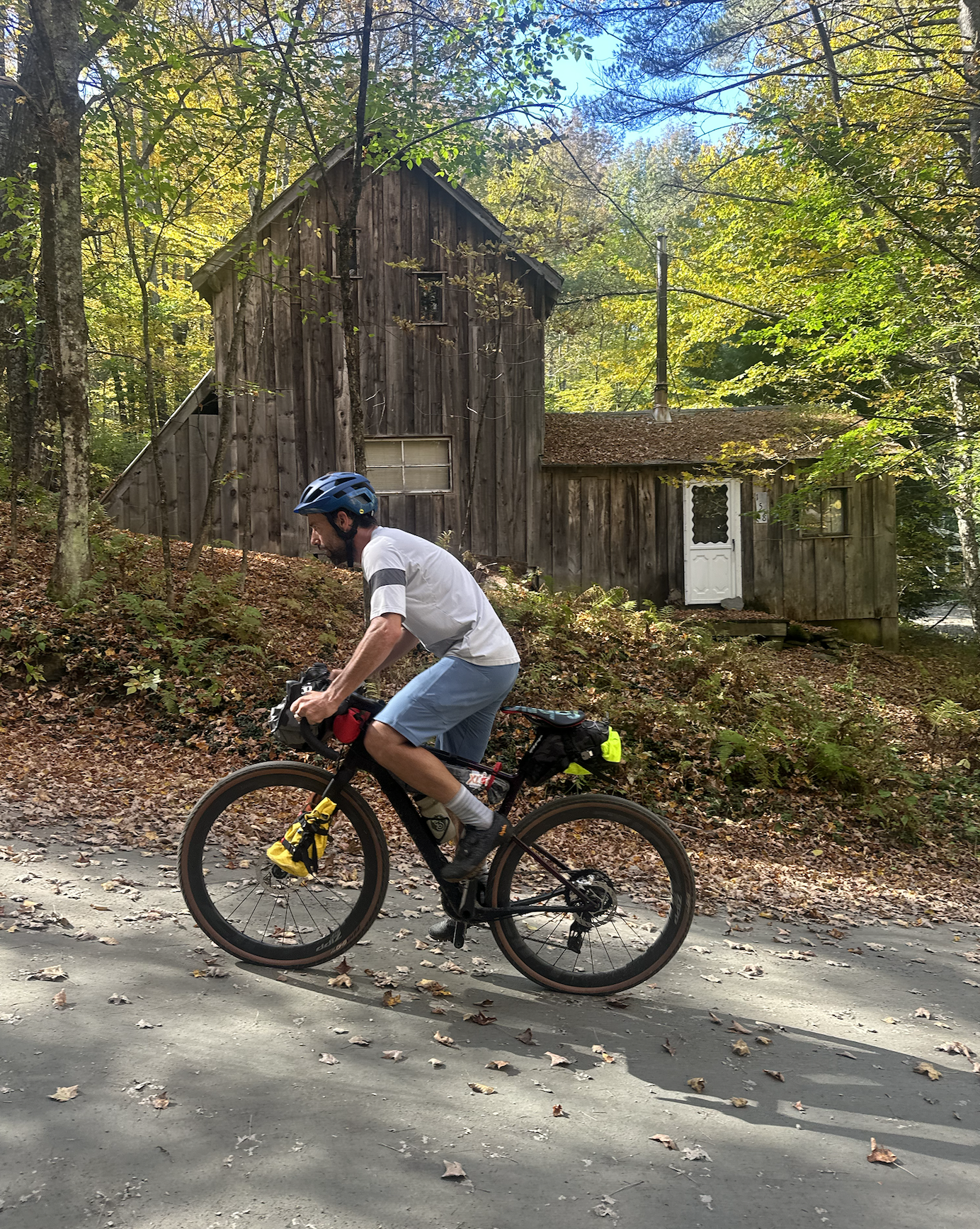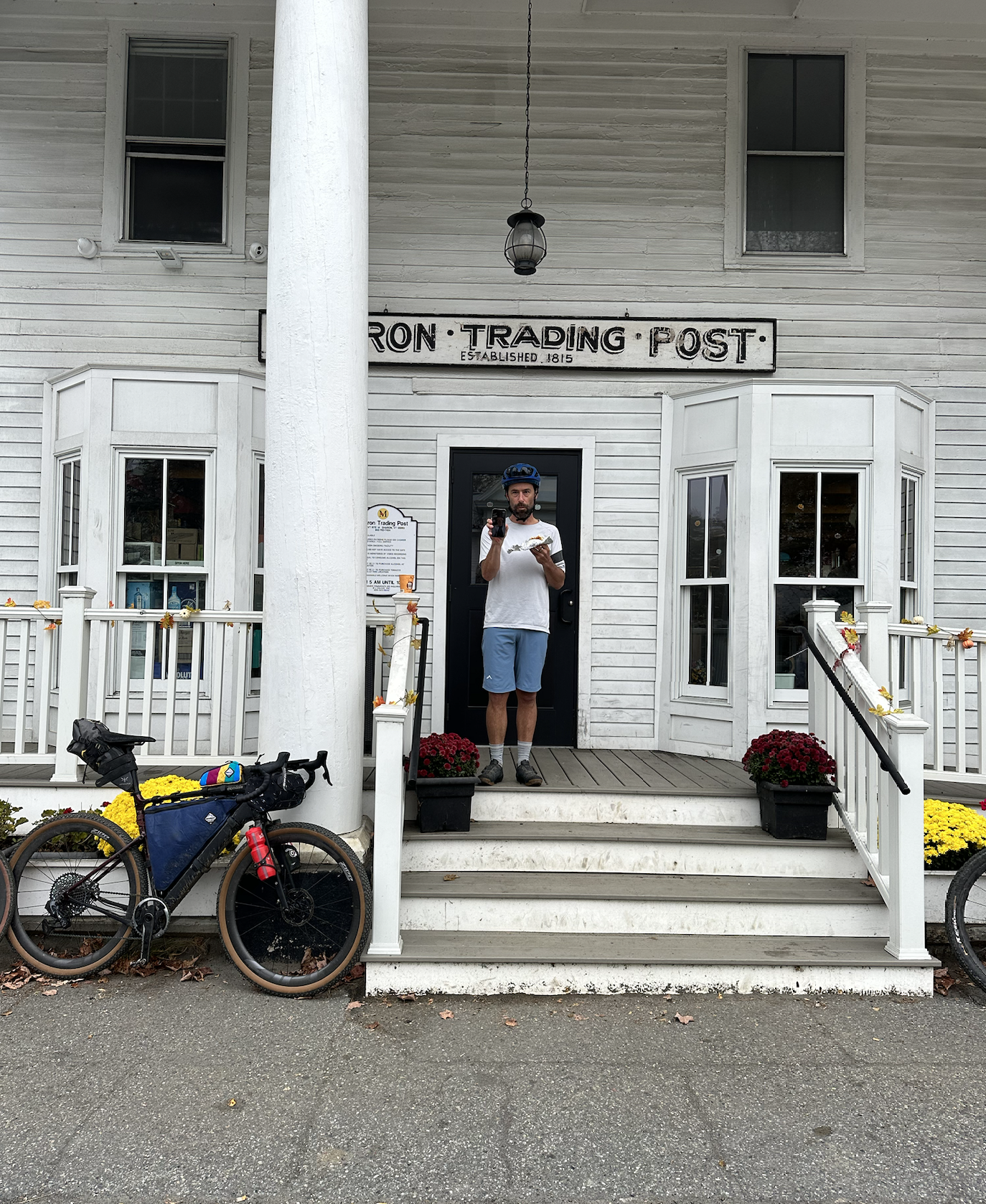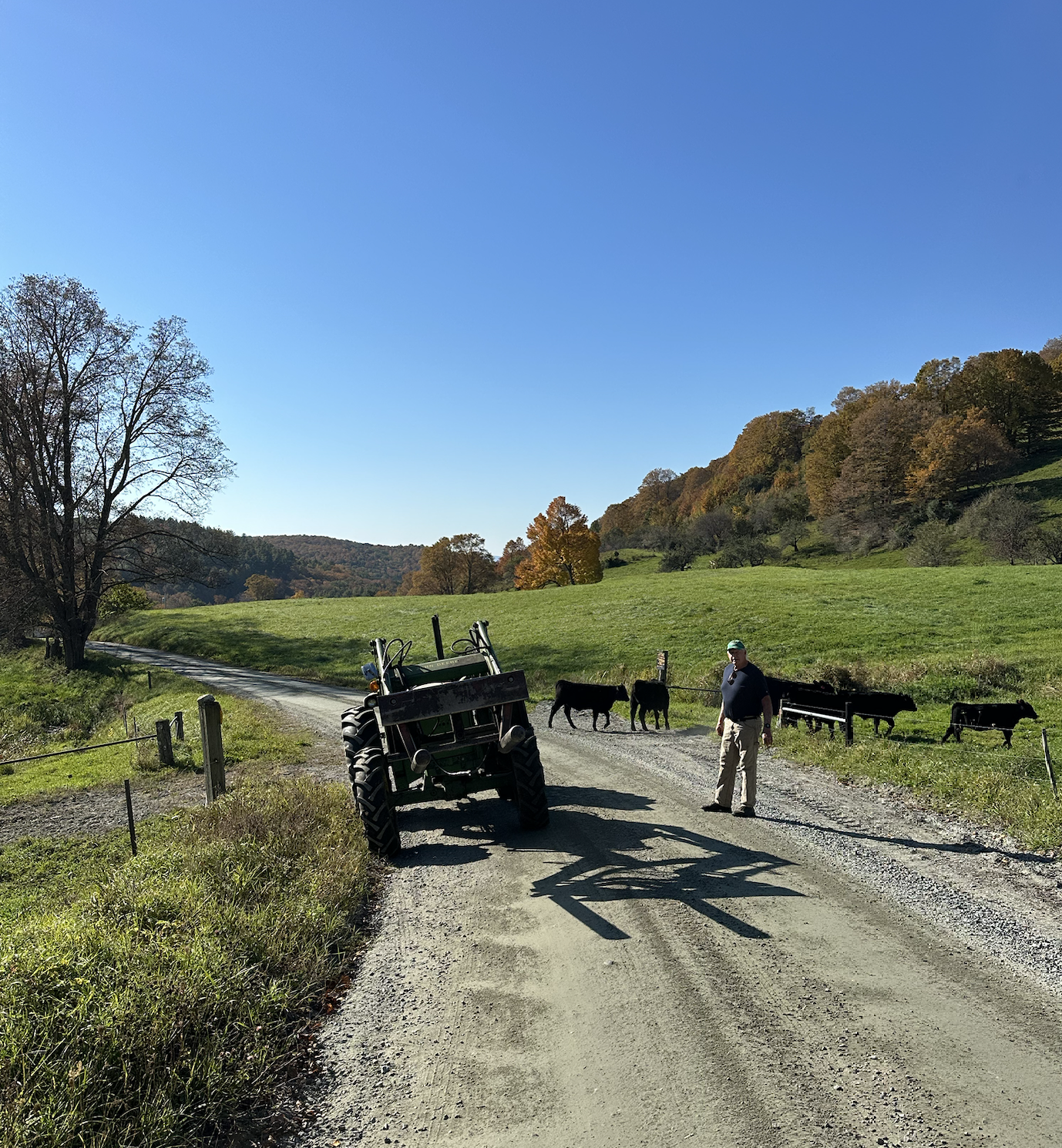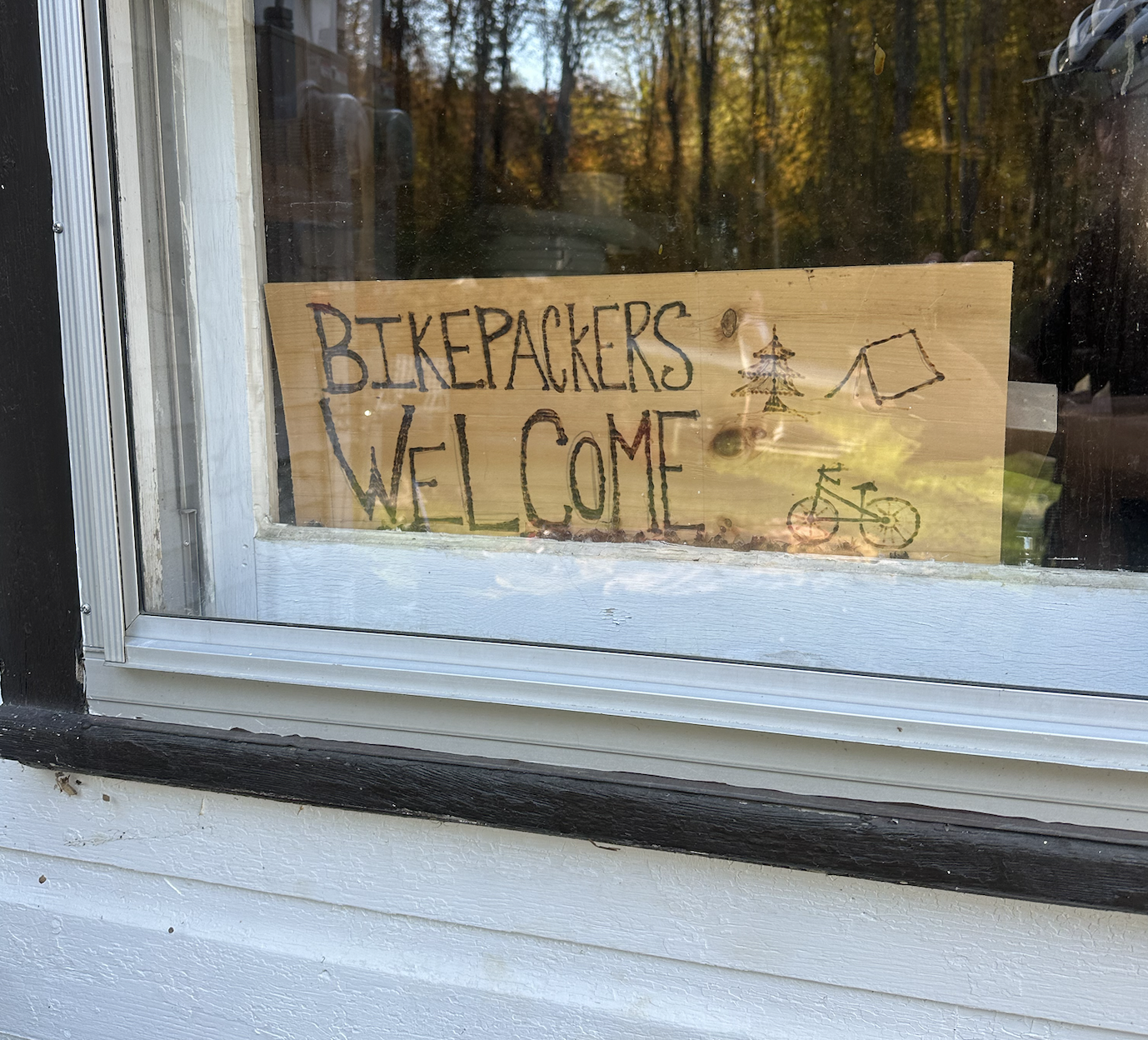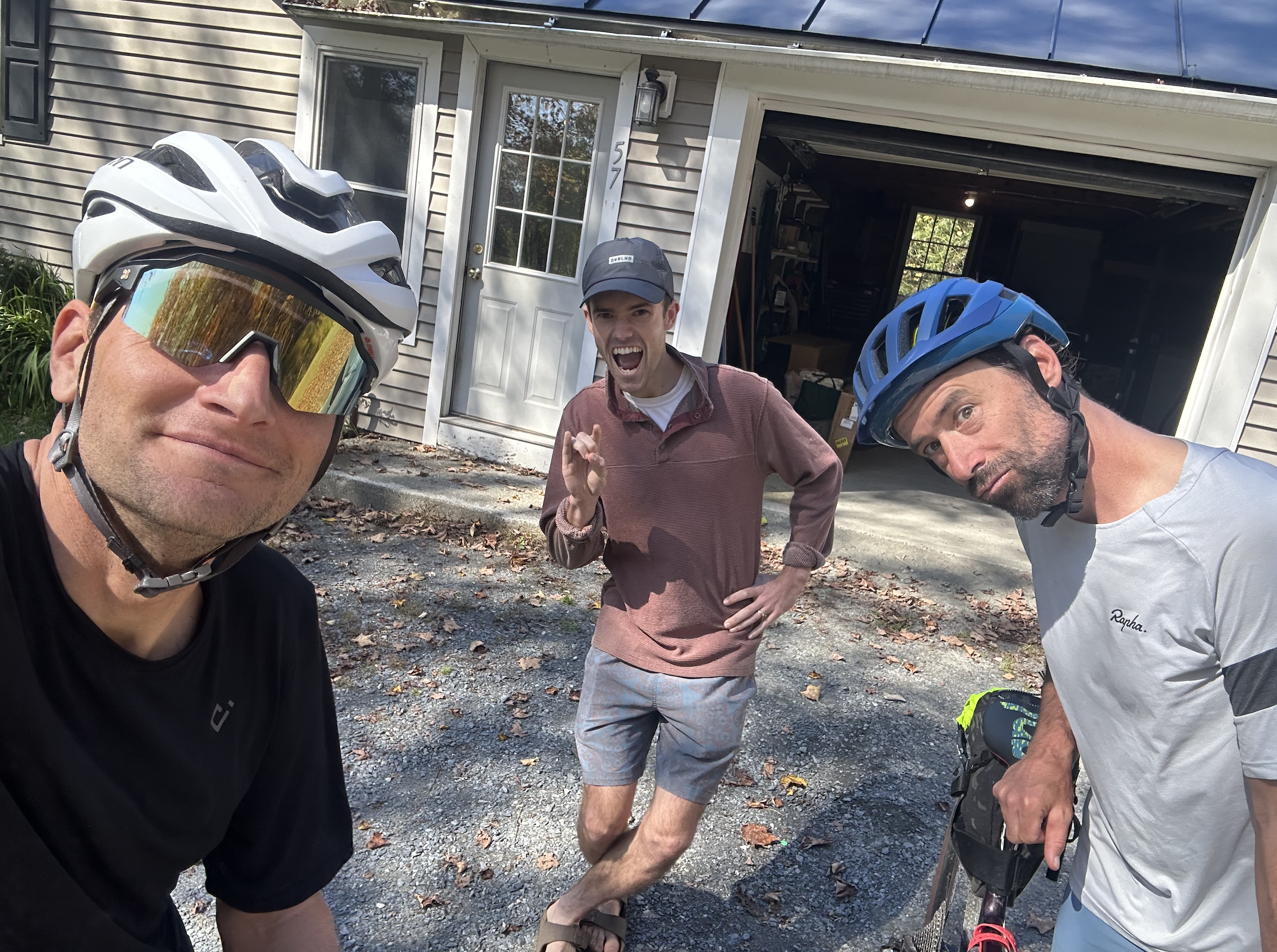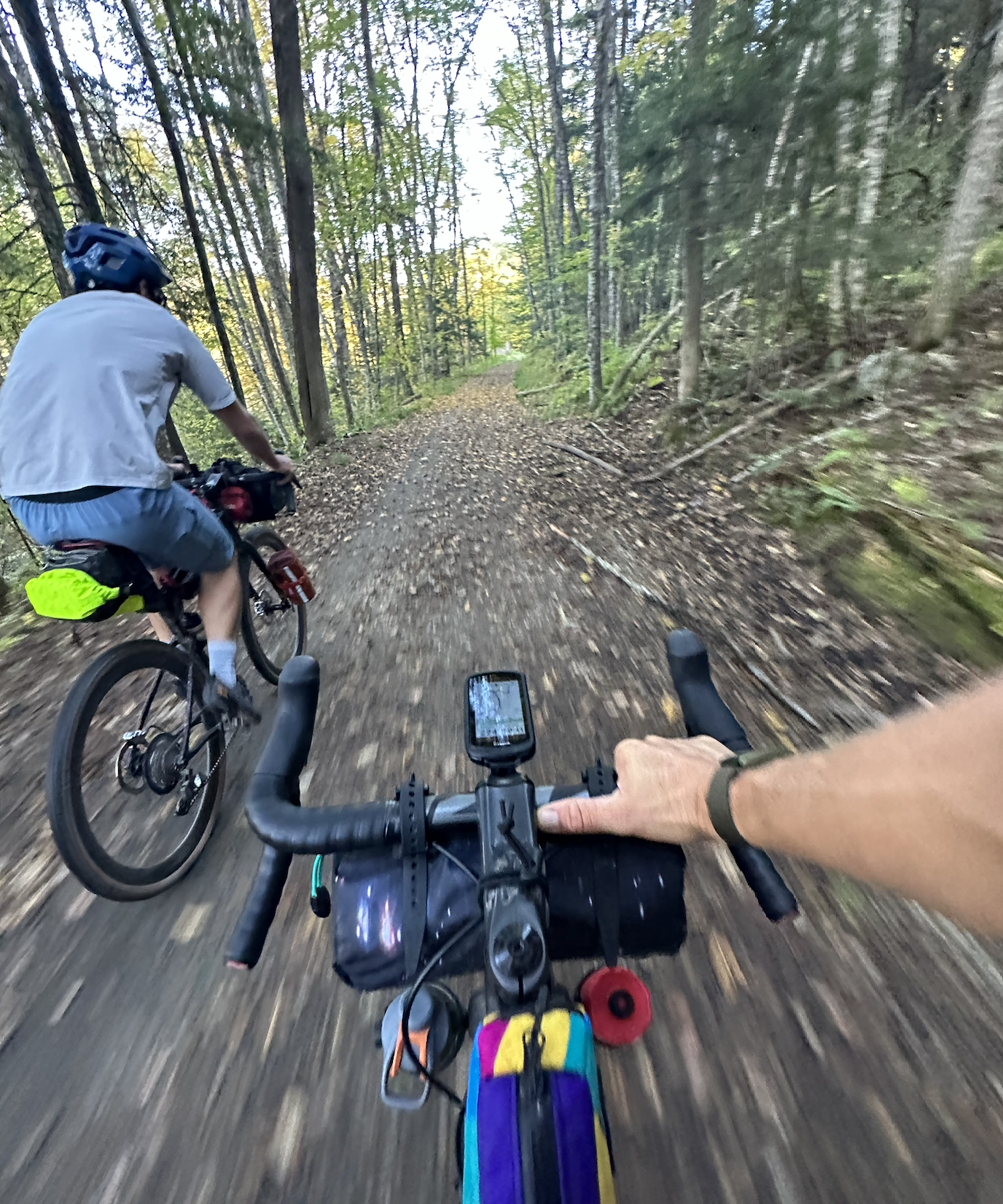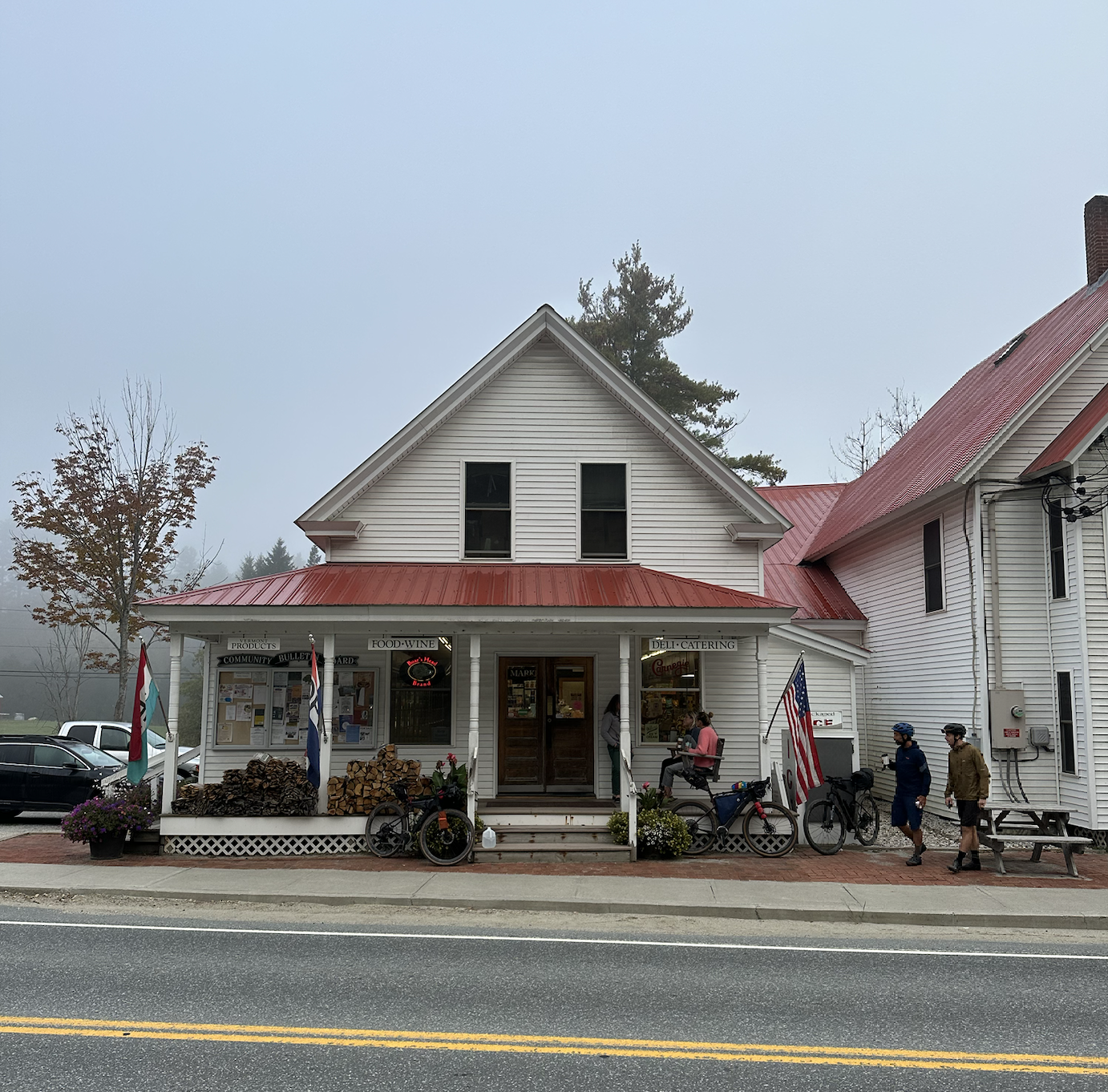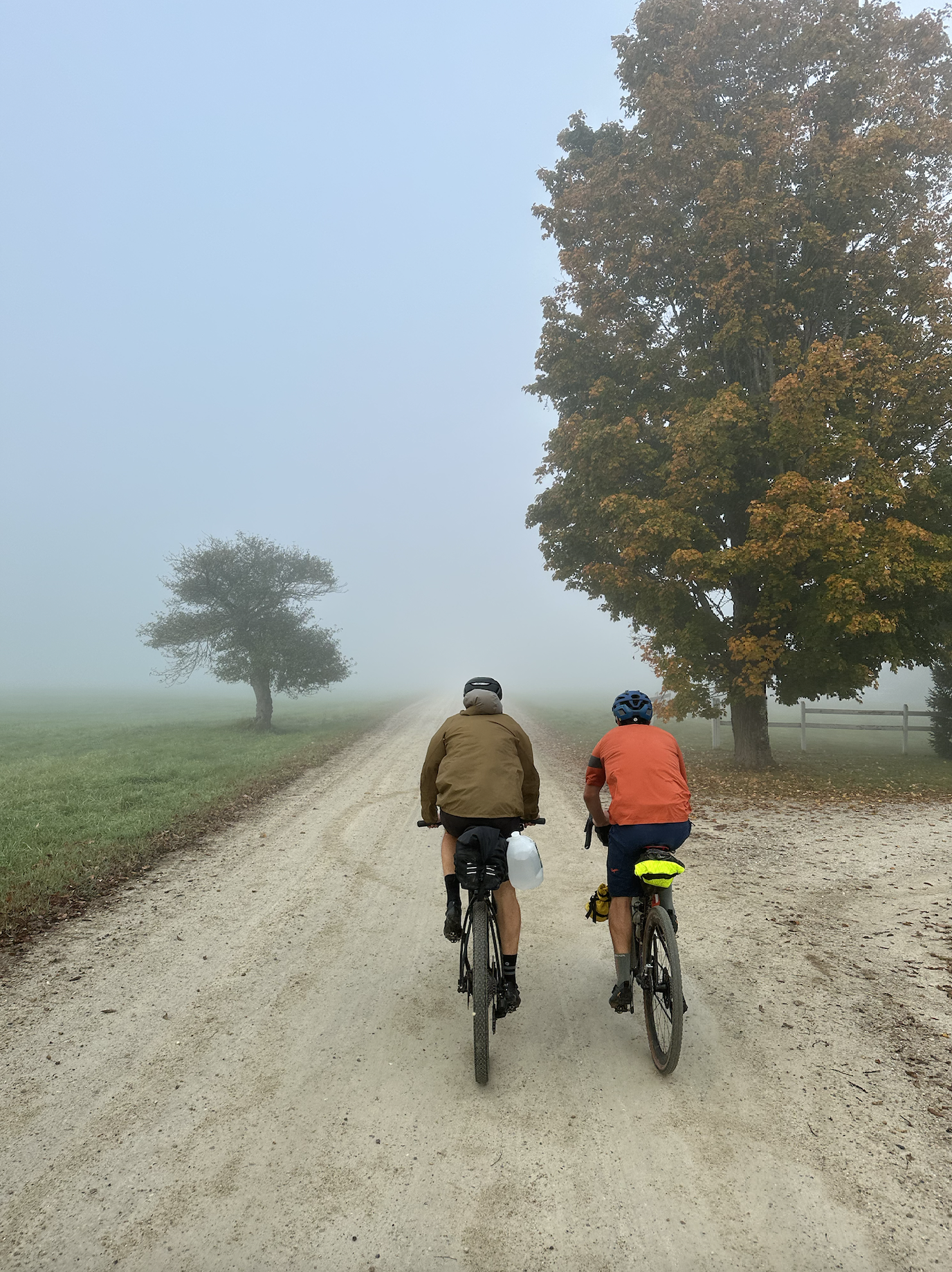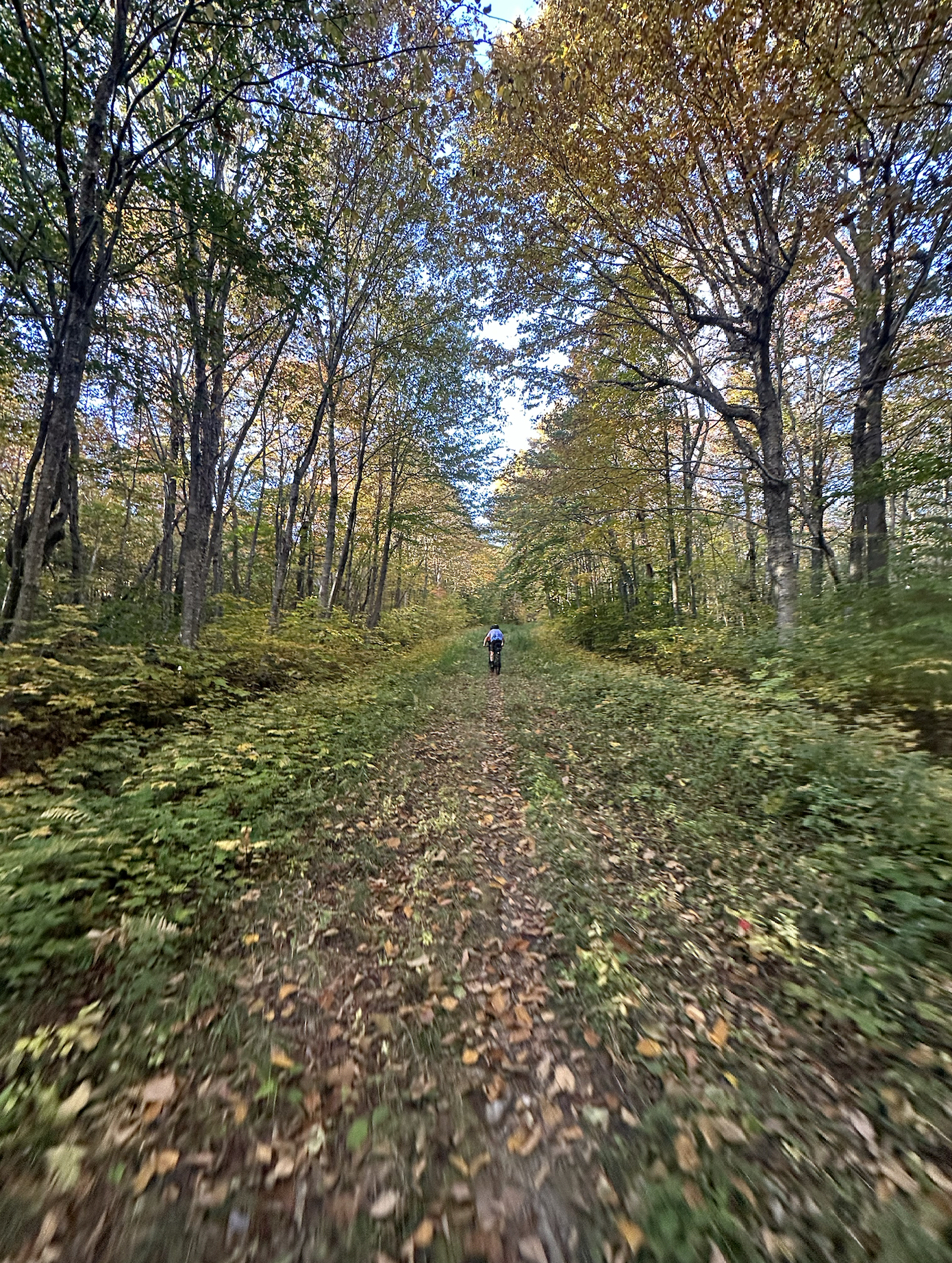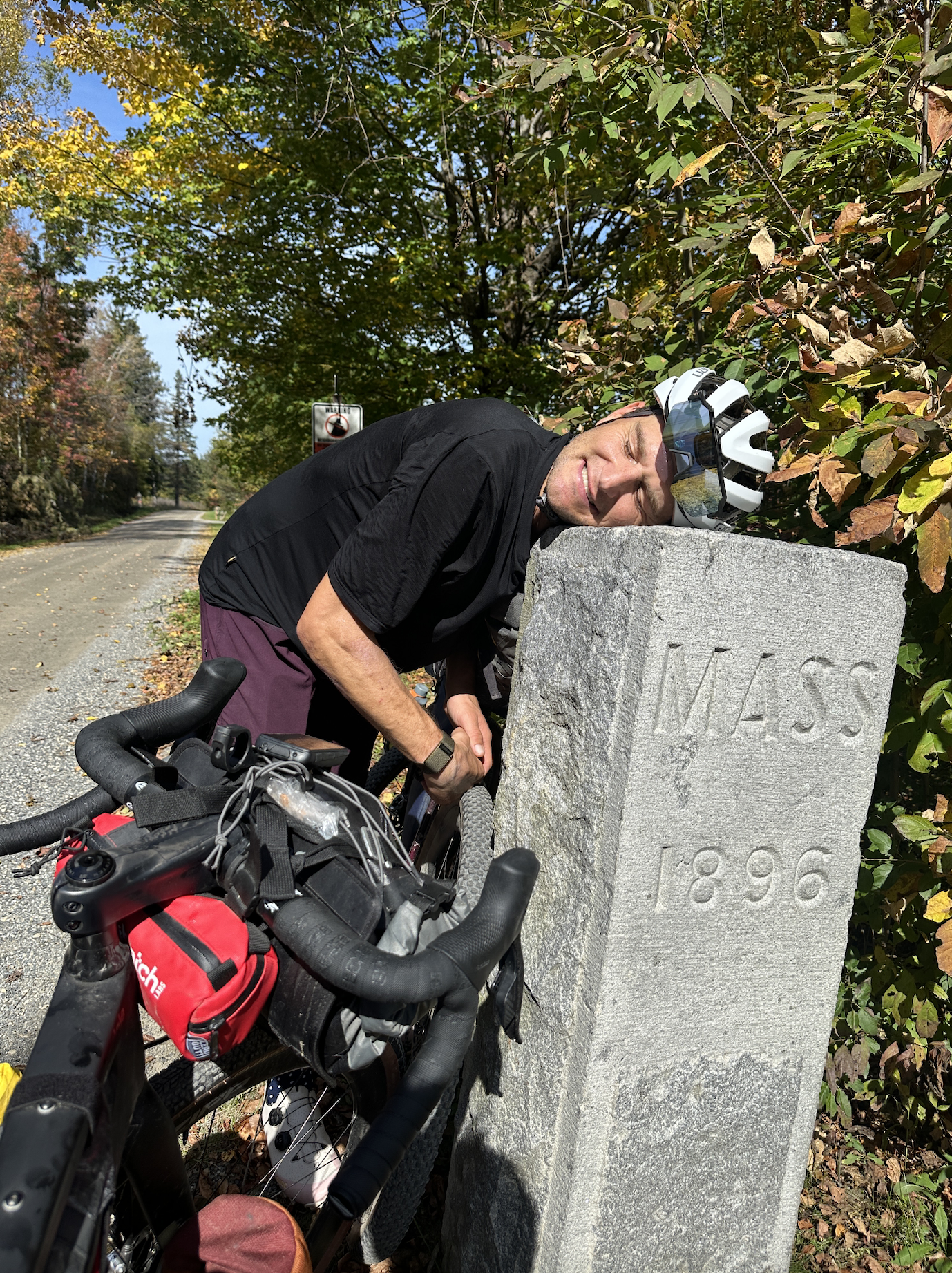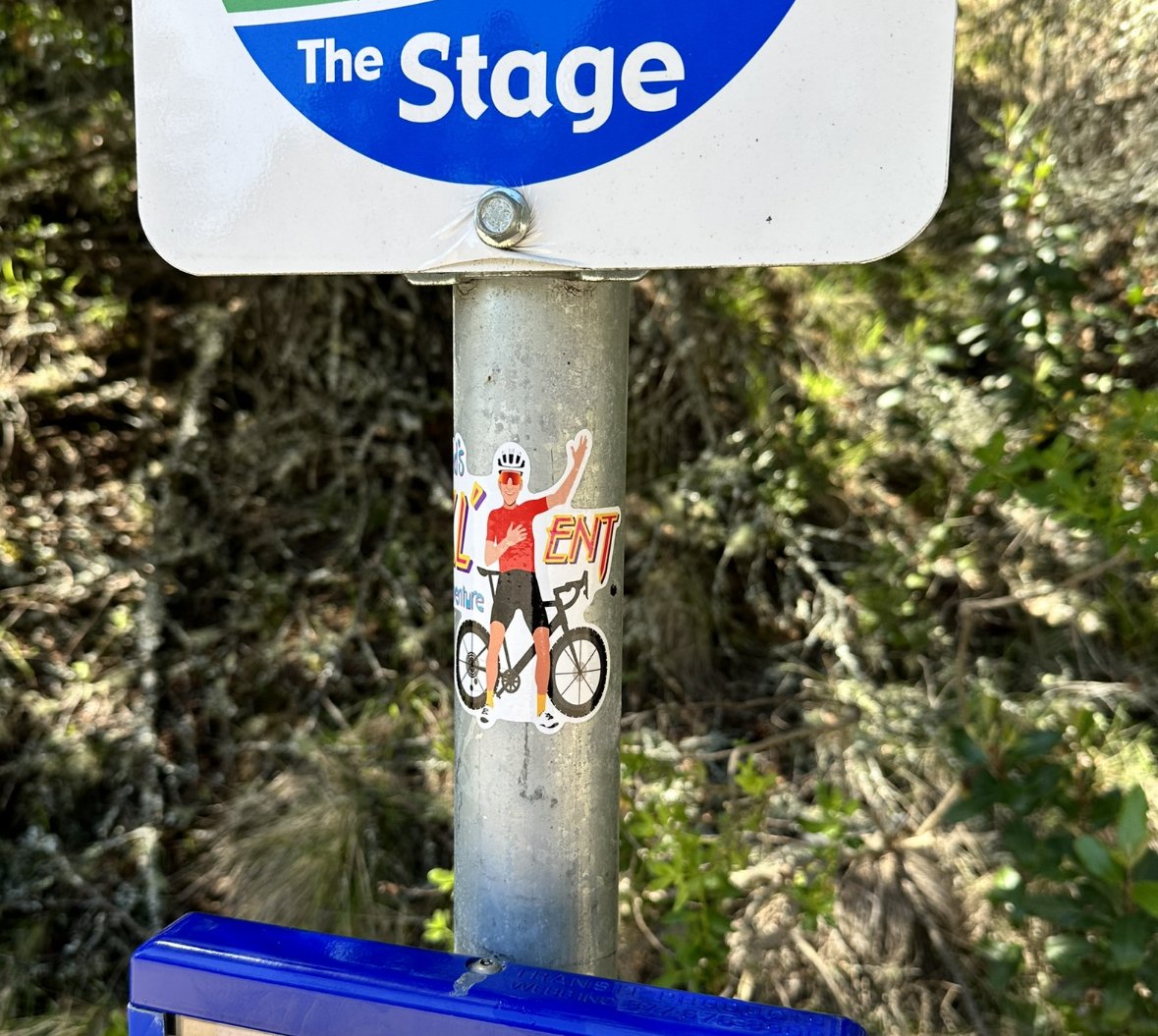VTXL redux
Introduction:
Being on the move all throughout the summer, capped off with two+ months on the road, crisscrossing the country in our van wasn’t just a highlight of our year, but is the kind of thing that will live in family stories for a lifetime. When there is an end in sight, however, the last of a trip, a distinct date we need to get back home, like a barn calling the cows home, the eagerness to be home starts to ramp up.
After nearly a dozen events all throughout the west, we had a wedding to attend in late September in San Francisco as the tail end of “van trip obligations”, which was followed by a very swift trip clear across the country. A result of the Venn diagram overlap of free time found on a few people’s schedules, the only time we could set out on this VTXL adventure was a window in early October, so the race was on to get home from California to Vermont as quickly as possible. Ironic, because the I was eager to get home only to be shuttled right back out the door.
I know. Woe is me, I have some cool projects that require me to be perpetually on the move. Thankfully there’s a slice of November that I can rest up a bit. Or, it’s a part of the calendar that isn’t occupied yet, I think
The History of VTXL:
In that window of early Covid enormous rides, I unintentionally set a decently significant precedent. I say unintentionally because the goal wasn’t a 300 mile ride, nor was it to ride the better part of 24 straight hours. See, there’s the long standing, unofficial event, the 200 on 100, which spans 200 miles from the northern Vermont border to the southern Vermont border entirely on one road, Route 100. I’ve done that a half a dozen times or more, often with as well as for the first time with my friend and wicked tried and true New Englander, Tim Johnson.
My point being, I wanted to ride the dirt version of the 200 on 100, so with the help of map making guru and cycling’s favorite philosopher, Joe Cruz, we established the VTXL route in the spring of 2020 which I rode in one full send during that early Covid time period.
Another important time period of note: Vermont’s record flooding this summer. We were home in July when it started raining. The ground was so saturated by what feels like the wettest spring in history that soon there wasn’t anywhere for the rain to go. Normally the fertile terra firma in the northeast is spongelike and can soak up many inches of rain at a time, which would devastate a dryer climate. But there’s a tipping point for everything, the New England soil had had enough, and the flooding was severe.
We were spared. Many were spared. Heck, if I were a betting man I’d say most were spared. Whereas we hear more often of flooding places like Florida that are flat and entire towns go underwater, Vermont is mountainous and rarely flat. To be expected, the flooding took place by rivers and streams so anyone close to these river ways suffered. Even to live a few feet higher in town, which is common, offered the binary change of “my house was ruined” versus “my house was fine”.
The Here and Now:
I had high hopes of making a run at the VTXL earlier this year the very week of this summer’s flooding as part of Ted’s XL’ent Adventure. 50 people were signed up, coming in from all over the country as part of this summer’s bikepacking shenanigans before we were halted with the devastation. I heard of at least two people attempting the route in the weeks afterwards, but having their ride entirely derailled by sections where there were previously roads and class IV sections, but suddenly nothing.
With rumors of the route being cleared up, we put together a very small team of riders to check in on things.
Setting an FTK is fun, and of course being the first person to ride a particular route means that the OKT, only known time, is going be the fastest time. But back in 2020 I went at it with some gusto and clocked a time of 22 hours 41 minutes. It was somewhere late in the ride with my mind going both a million miles an hour and feeling like it was made of sludge that it occurred to me this route would be much more pleasant to tackle over a few days rather than a single go.
And despite being some 95% dirt of its 310 miles, as well as largely feeling like you’re in the middle of nowhere, the reality is that you’re often passing close to or pedaling directly through many Vermont towns. And so you might call it rustic, but the VTXL is a very welcoming bikepacking route precisely because there are amenities all throughout the way.
Our team was swift and lean. Tim Johnson was a no brainer having been part of many 200 on 100 adventures and was signed up for this summer’s rain cancelled VTXL. He’s no longer racing professionally, so while his VO2 has dropped (or as he might argue, has been guillotined in half), he can still fake fitness for extended periods of time. Our other teammate was Pete Gaston, who’s a New Englander born and raised, although he now calls Colorado home. And while Pete doesn’t compete, he has an endurance engine honed from ski mountaineering and a lifetime in the outdoors that makes most professionals envious.
There is a forthcoming video about what we encountered along the route. If nothing else, it showed us how imperative small town gravel roads are for everyday life all across the state. What might look like a road to nowhere may as well be the central throughway for those involved. And that’s the story all across the state. Stay tuned for that video.
This is all the very very long winded copy for Ted’s XL’ent Adventure stickers! As you can see below, they come in a classic white background or cosmic blue. The white variety is about 4 inches X 4 inches and the blue is a slightly shorter, 4 inches wide by 3.5 inches tall. They make everything they’re plastered on look better. Better yet, they’re easy to remove from the backing paper. Nothing is more annoying than a sticker that doesn’t come off its paper. Right? Right.
Get yours now by visiting the new store!
Supplies are limited, so act fast!


